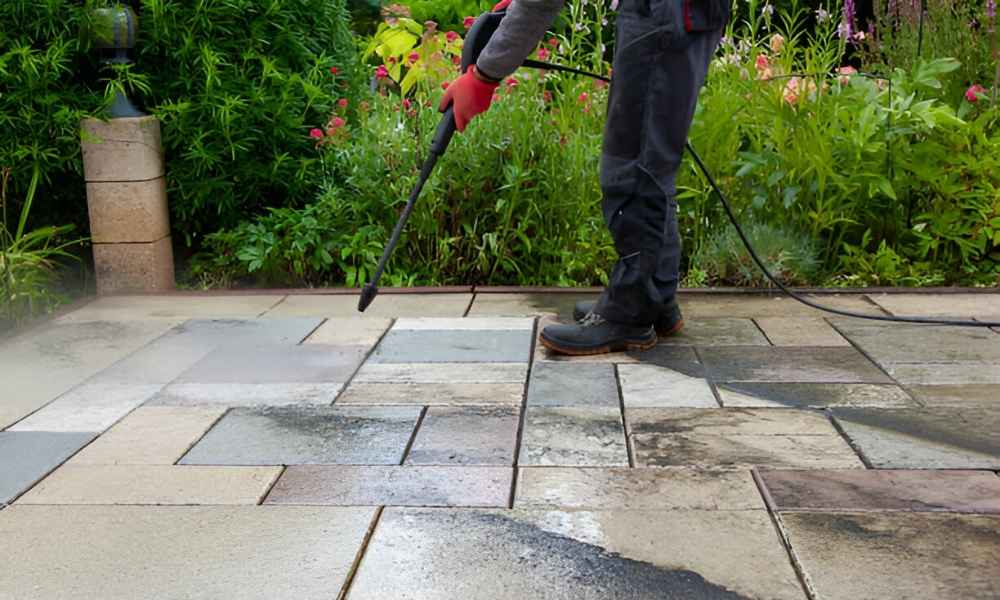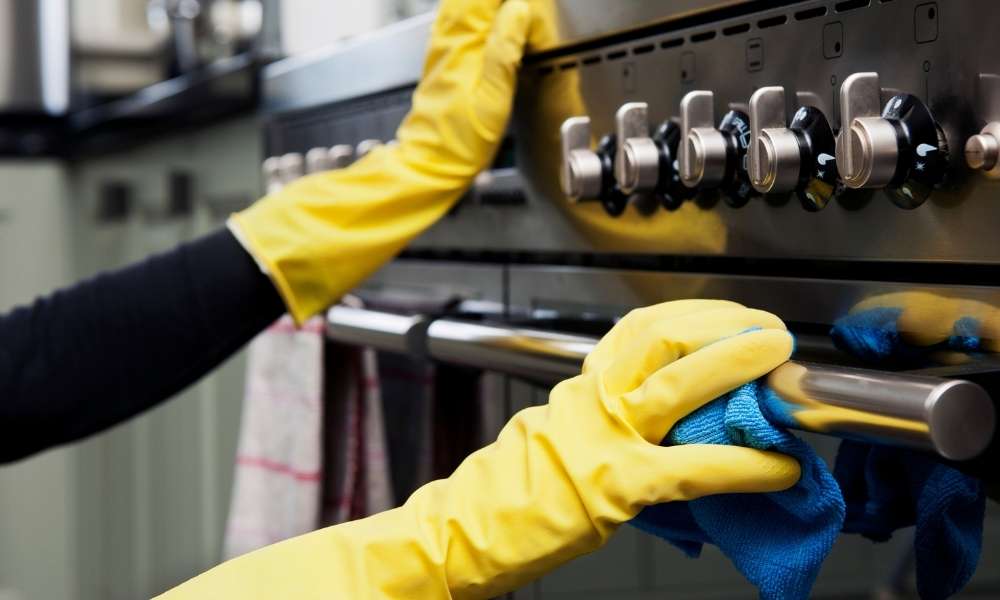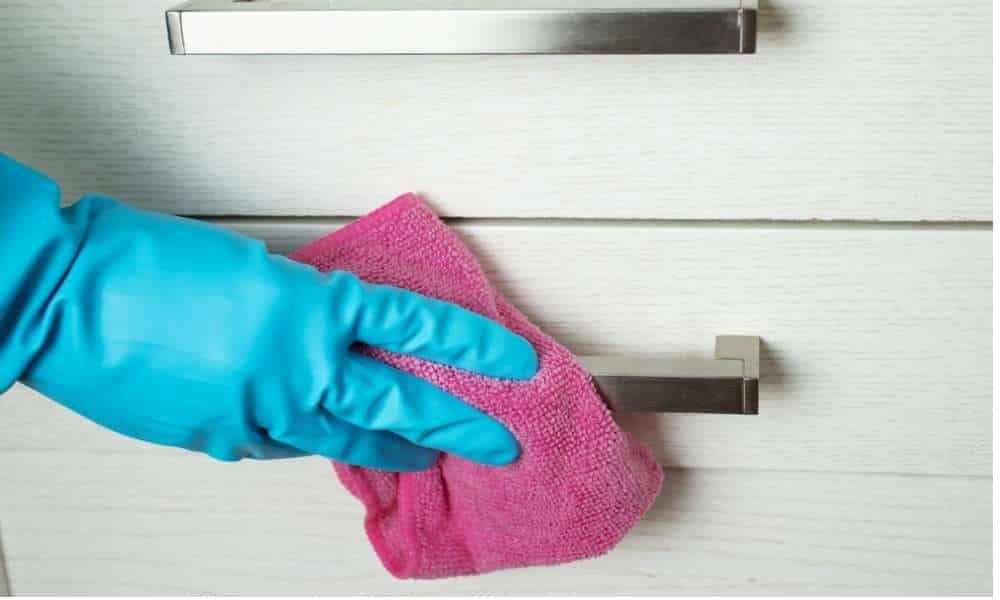Patios, pool decks, and walks outside look beautiful with limestone. It is a popular home choice because of its natural beauty and classic look. Yet because it is porous, it must be cleaned and cared for properly to keep its beauty. This article will show you how to clean, care for, and protect your outdoor travertine to stay in great shape for years.
Understanding Travertine: What Makes It Special?
Travertine forms as a natural stone from mineral layers, often found in hot springs. Its unique veining and warm tones make it a popular choice for outdoor areas. However, its porous nature allows it to stain, absorb water, and sustain damage if you don’t maintain it properly. This is why regular cleaning and upkeep are essential.
Why Outdoor Travertine Needs Special Attention
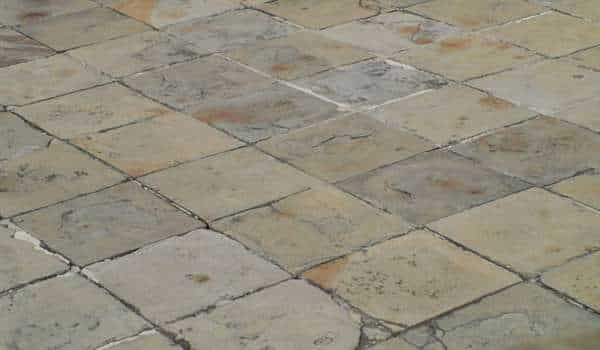
Unlike indoor travertine, Outdoor surfaces face more challenging elements like dirt, Debris, Rain, And UV rays. Over time, These factors can lead to staining, Mold growth, and a dull look. Proper care not only protects its beauty but also extends its lifespan.
Tools and Materials You’ll Need
- Soft-bristle broom or brush
- Garden hose with a spray nozzle
- pH-neutral stone cleaner
- Bucket of warm water
- Microfiber cloth or mop
- Baking soda for stubborn stains
- Protective gloves
- Sealant for travertine (optional but recommended)
Step-By-Step Guide Best Way To Clean Travertine
1. Remove Loose Debris
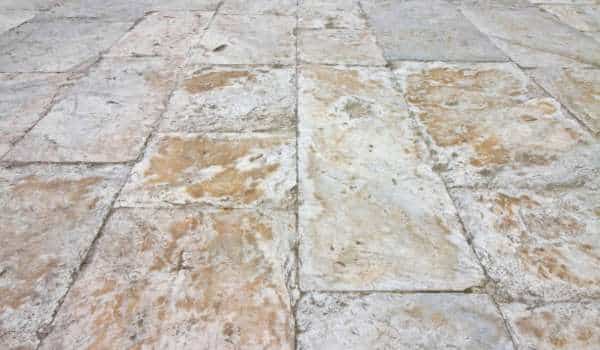
Start by sweeping the surface with a soft-bristle broom. This helps remove dirt, Leaves, And other debris that could scratch the stone during cleaning. Pay special attention to corners and grout lines where dirt often accumulates.
2. Rinse with Water
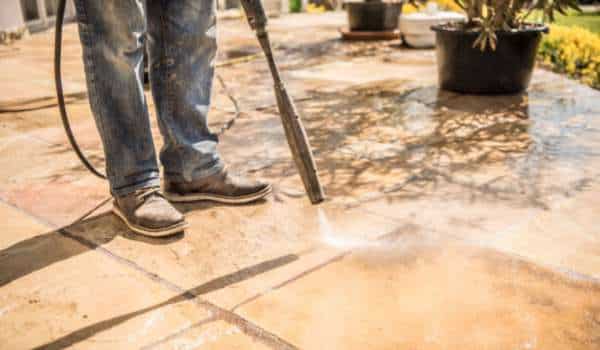
Use a garden hose to rinse the travertine. Avoid high-pressure settings, as excessive force can damage the stone’s delicate surface. This step removes finer particles and prepares the surface for deeper cleaning.
3. Prepare a Cleaning Solution
Mix warm water with a pH-neutral stone cleaner in a bucket. Avoid acidic cleaners like vinegar or citrus-based products, as they can etch and discolour the travertine.
4. Clean the Surface
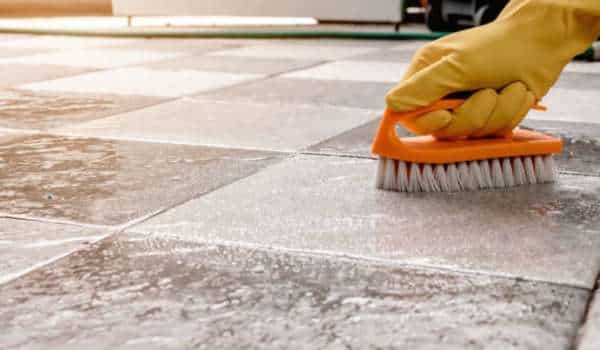
Dip a microfiber cloth Or mop it into the cleaning solution and gently scrub the surface. For tough spots, Use a soft-bristle brush to work the cleaner into the stone’s cracks. This step removes dirt and returns the stone’s natural shine.
5. Rinse Thoroughly
After cleaning, rinse the area with clean water to remove any residue from the cleaning product. Soap powder can attract dirt if left behind, so ensure a complete rinse is performed.
6. Dry the Surface
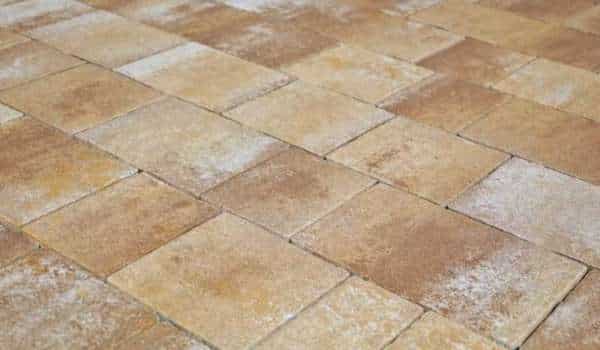
Dry the travertine with a clean microfiber cloth, or let it air dry. Avoid leaving standing water, which can seep into the stone and promote mould growth.
Deep Cleaning and Stain Removal Tips
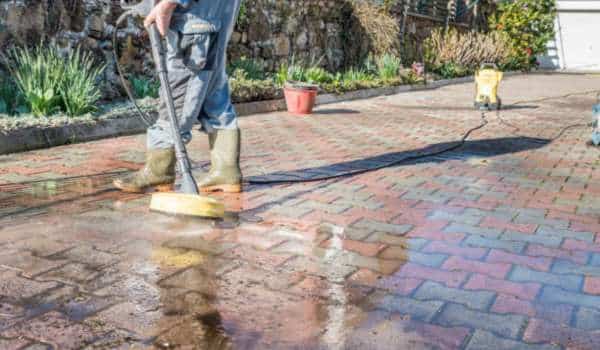
Sometimes, regular cleaning isn’t enough to remove deeper stains or grime. Here’s how you can handle specific problems:
Removing mold from travertine
Mix a small amount of pH-neutral cleaner with water for mould or mildew, then scrub the affected area using a soft brush. If the mould persists, look for specialized products designed for use on natural stone.
Oil Stains
Outdoor travertine near grills or dining areas may collect oil stains. A stone poultice—a thick paste of water, Baking soda, Or talcum powder—is used to draw out the oil. Spread the poultice over the stain, Cover it with plastic wrap, And allow it to sit for 24-48 hours before cleaning.
Rust Stains
Rust can occur if metal furniture or fixtures sit on your travertine for extended periods. Invest in a rust remover labelled safe for natural stone to tackle these stains.
Warning: Never use harsh chemicals like bleach or ammonia. These can erode the travertine’s surface and cause permanent discolouration.
Best cleaner for outdoor travertine
The ideal cleaner for outdoor travertine is a pH-neutral stone cleaner specifically formulated for natural stone. Avoid acidic cleaners like vinegar or lemon-based products, Which can etch the stone and cause permanent discoloration.
Sealing Outdoor Travertine

Sealing your outdoor travertine is a protective barrier, reducing its vulnerability to stains and water intrusion. Most professionals recommend sealing travertine once a year, though high-traffic areas may need it more frequently. Here’s how:
- Clean and Dry the Surface properly before adding sealant.
- Choose a Penetrating Sealant made of natural stone.
- Apply the sealer evenly over the area using a roller, Brush, Or sprayer. Avoid pools.
- Allow the sealer to dry according to the product’s directions. This usually takes 24 hours.
Re-sealing keeps your outdoor travertine in top shape and enhances its resistance to dirt and weather damage.
Preventative Maintenance Tips
To reduce the need for intensive cleaning and upkeep, here are a few proactive tips:
- Sweep regularly to prevent dirt and trash from building.
- Use outdoor rugs or mats under furniture to avoid scratches or marks.
- Wipe up spills quickly to avoid spots from getting into the porous surface.
- Avoid pulling heavy furniture or things across the stone to prevent scratches.
By incorporating these habits into your routine, you can lengthen the life of your travertine and keep its stunning look year-round.
Common Mistakes to Avoid
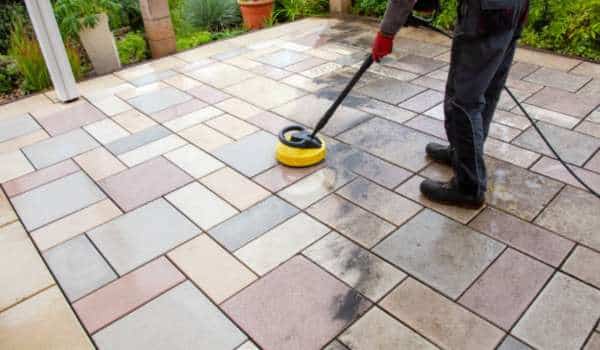
Using High-Pressure Washers
While it might seem adequate, high-pressure washing can erode the stone’s surface. If you must use one, keep the pressure low and the nozzle at a safe distance.
Ignoring Sealing
Unsealed travertine is more prone to staining and damage. Skipping this step can lead to costly repairs in the future.
Overlooking Mold and Mildew
In shaded or damp areas, mould and mildew can thrive. Address these issues promptly using a stone-safe cleaner to prevent discoloration.
How To Get Rid Of Black Mold On Travertine
Sweep the Area: Clear loose dirt or debris.
Mix Solution: Combine warm water with hydrogen peroxide or a mold-safe cleaner.
Scrub Gently: Use a soft-bristle brush to clean the mould.
Rinse Thoroughly: Wash away mould and cleanse with clean water.
Dry Completely: Use a microfiber cloth to prevent moisture buildup.
Final Thoughts
Cleaning outdoor marble doesn’t have to be complicated. With regular upkeep, the right tools, and preventative care, You can keep this stunning natural stone looking its best for years. Whether it’s a pool deck, Patio, Or walkway, A clean and well-maintained travertine surface will continue to improve your outdoor space’s beauty and charm.
FAQs
What is the best cleaner for outdoor travertine?
The best cleaner for outdoor travertine is a pH-neutral stone cleaner designed specifically for natural stones. Avoid acidic or alkaline cleaners like vinegar or bleach, As they can damage the stone and cause discoloration.
Should outdoor travertine be sealed?
Yes, sealing outdoor travertine is highly recommended. It creates a protective barrier against stains, Moisture, And Dirt, Preserving the stone’s natural appearance. Resealing should be done every 1-2 years, Depending on exposure and usage.
How do I remove mould or mildew from travertine?
Use a mould-safe stone cleanser or a solution of warm water and a tiny bit of hydrogen peroxide to eliminate mould or mildew. To stop more development, carefully scrub the afflicted region with a soft-bristle brush, rinse well, and pat dry away.
Can I pressure wash my outdoor travertine?
Travertine may be pressure washed, But care must be used. Maintain A safe distance between the nozzle and the stone and use a low-pressure setting to prevent erosion or damage. Use a garden hose with A spray nozzle instead for safer results.

